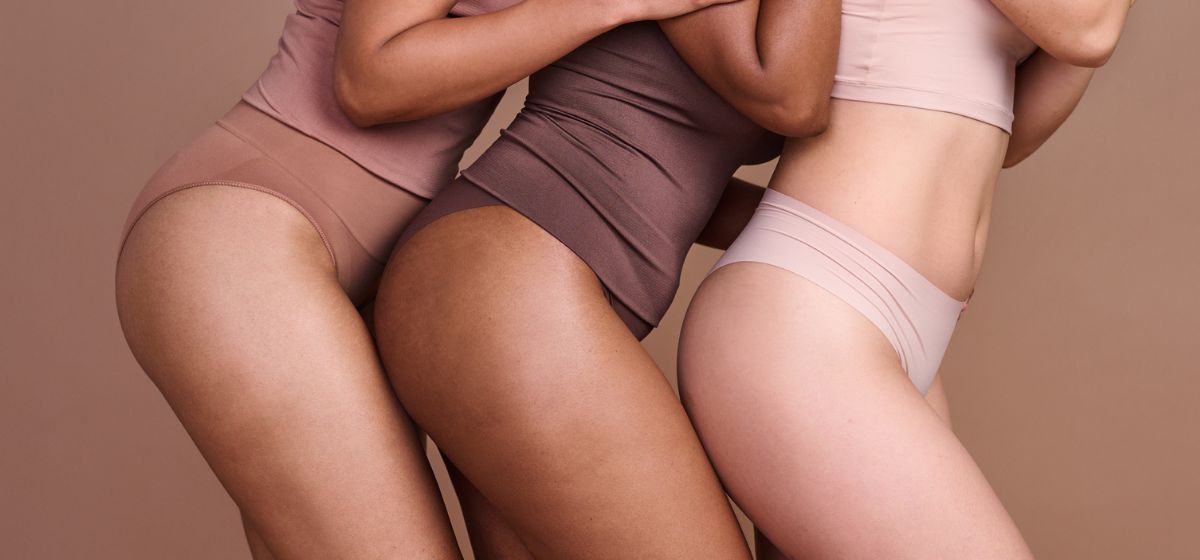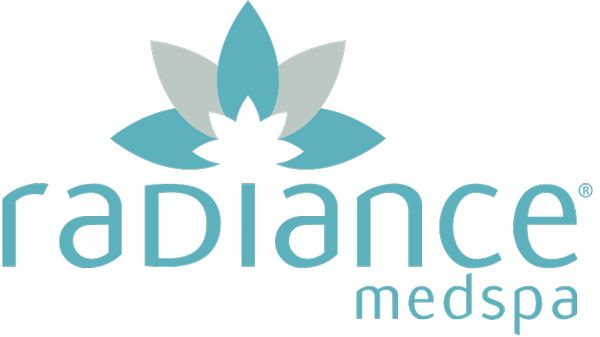 By Elise Tabin for Byrdie published 11/28/23. Read Original Article here.
By Elise Tabin for Byrdie published 11/28/23. Read Original Article here.
Of all the skin conditions that affect women, cellulite is perhaps one of the most common. Comprised of various factors, including fat, collagen loss, and fibrous bands, cellulite-related dimples affect 80 to 90 percent of females.1
Let's be clear: There's absolutely nothing wrong with having indents on your hips, buttocks, and thighs (it's simply a normal part of life). However, cellulite can be treated if you desire. There are quite a few topical products and treatments available to help address cellulite, and in terms of the latter, Avéli is the newest one to hit the market. Ahead, we asked dermatologists to explain the new FDA-cleared device disrupting the cellulite treatment category.

What Is Avéli?
Avéli is the newest FDA-cleared cellulite treatment that helps to reduce the underlying cause of cellulite dimples in the thighs and butt for smoother-looking skin with a single treatment. Dr. Akhavan says that the primary structural cause of cellulite dimples are bands underneath the skin, called septae, that tether the skin to the muscle below and cause dimpling on the surface. "By dividing these septae, Avéli delivers a reduction in cellulite in both the thighs and buttocks after a single, minimally invasive procedure," he says.
Dr. Shafer explains that the innovative cellulite device differs from previous cellulite treatments involving fillers, lasers, and injections that camouflage the cellulite or tighten the skin surrounding the cellulite. "Some people ended up with side effects worse than the cellulite, causing [some of those] treatment devices to be taken off the market. Avéli works directly on the tethering bands, which lead to indentations in the skin," he explains.
The Benefits
Avéli's most significant benefit is its ability to provide long-term cellulite reduction, but the treatment also has unique features that allow it to achieve these results. Dr. Shafer says the device has a special guide light that transilluminates through the skin, allowing doctors to ensure proper location and depth before tethering the bands.
Unlike other cellulite treatments that work from the outside in, Dr. Akhavan adds that Avéli targets the complicated fibrous septae networks under the skin to address cellulite from the inside out. "It's the only device that identifies which septae under the skin are causing a cellulite dimple and then confirms that in real-time before releasing that targeted septae," he shares. "This gives me more confidence that I am treating what I intended to treat."
Who Is the Best Candidate?
Some individuals experience milder degrees of cellulite, while others have more severe forms. Luckily, Avéli can be used to treat a spectrum of cellulite severity. However, your doctor must assess whether the aesthetic issue is genuinely caused by cellulite or loose skin. "The best locations to treat are isolated indentations or clusters, but not generalized skin laxity or other conditions that are not true cellulite," Dr. Shafer says. Anyone with healthy, elastic skin and isolated indentations from tethering bands is an ideal candidate. Avéli is also suitable for all skin tones and types, making it a versatile treatment.
Schedule Your Consultation Today
Am I a Candidate?
Does Avéli Hurt?
Local anesthesia is used during the procedure to help make Avéli more comfortable, and both Dr. Shafer and Dr. Akhavan stress that this step is crucial. "The numbing is injected with small needles, which are well tolerated," Dr. Shafer says. " Then, after the numbing takes effect, there is no pain or discomfort. The treatment is surprisingly easy for the patient; afterward, they can get up and go about very comfortably."
How to Prepare
Like other cellulite treatments, there's little, if anything, to do to prepare for the procedure. Your doctor may advise you to keep your body hydrated by drinking plenty of water the day before getting Avéli to help promote healthy healing.
What to Expect
Avéli takes about an hour to perform. Before the treatment begins, your doctor will mark the areas of concern. Then, the skin is cleaned and prepped for the procedure, and your doctor will administer the anesthesia. A small incision is made at the site where cellulite exists, and the device is gently inserted under the skin to the targeted dimple.
"A hook is deployed to grab hold of the septae and test whether they contribute to a dimple," Dr. Akhavan says. "If they don't, I let them go. If they do, I expose a small blade within the hook to cut the bands and release the skin being pulled down, causing the appearance of the cellulite dimple. Finally, I pass back through the area with the hook to ensure I haven't missed anything and all the contributing septae have been addressed." The process is repeated in each area until all the sites are treated. Band-aids are placed over the incisions, and then a compression garment.
Once your session is over, you can expect your results to last up to 12 months. "After just one treatment, Avéli can deliver a long-term reduction in the appearance of cellulite," Dr. Akhavan says. "Although individual results will vary, noticeable results are visible quickly after the procedure once swelling or bruising, which is expected, subsides."
However, Dr. Shafer adds that while Avéli is a long-term fix, that doesn't mean new cellulite will not form with age. "Cellulite is complex and multifactorial, and it's challenging to prevent it. But once it happens, at least we now have an effective treatment."
Potential Side Effects
Like any body treatment, there's always the potential for side effects. With Avéli, expect some mild pain, swelling, and bruising, all of which are normal. As far as other side effects, Dr. Shafer says there is a low risk of infection and complicated wound healing.
Additionally, he says there is a rare chance of an incomplete treatment. "Incomplete division of the tethering band is also possible depending on the cellulite's complexity and the surgeon's technical skill," Dr. Shafer explains. "Incomplete resolution of the indentation is also possible, especially if the indentation is not from cellulite but from another anatomic cause such as loss of volume, scar tissue from a previous procedure, dermal atrophy, or other causes."
The Cost
The cost of an Avéli treatment can vary depending on the complexity of the cellulite and the area being treated. According to our experts, most doctors charge anywhere from $3,000 to $5,000 per treatment.
Aftercare
Immediately after Avéli, the skin is swollen and bruised and will feel super tender to the touch, but the improved contour should be seen. It's important to continue wearing the provided dressings and compression garments for as long as your doctor instructs, which is usually a few weeks. Dr. Shafer adds that while compression garments help patients feel more secure and comfortable after the procedure, it's crucial that they fit snugly but not tight, which can restrict blood flow.
As far as downtime, there's little to none. Although everyone is different, most people can resume their normal activities within 24 hours of the treatment. Dr. Akhavan says extreme physical activity should be avoided during healing as strenuous activity may increase symptoms, but light exercises and walking are safe. Bruising is normal and typically resolves within 30 days. Overall, Dr. Akhavan calls the recovery easy for most of his patients, and many say at the three-week mark, they already feel confident enough to wear a bathing suit.
The Final Takeaway
Cellulite is common, but it's treatable if that's what you desire. While no solution exists to eliminate cellulite forever, doctors believe Avéli to be one of the more technologically advanced options to reduce dimples on the buttocks and thighs long-term. After a single treatment, you can expect results that last up to 12 months. Once the swelling and bruising subsides, the butt and thighs are dramatically smoother.

